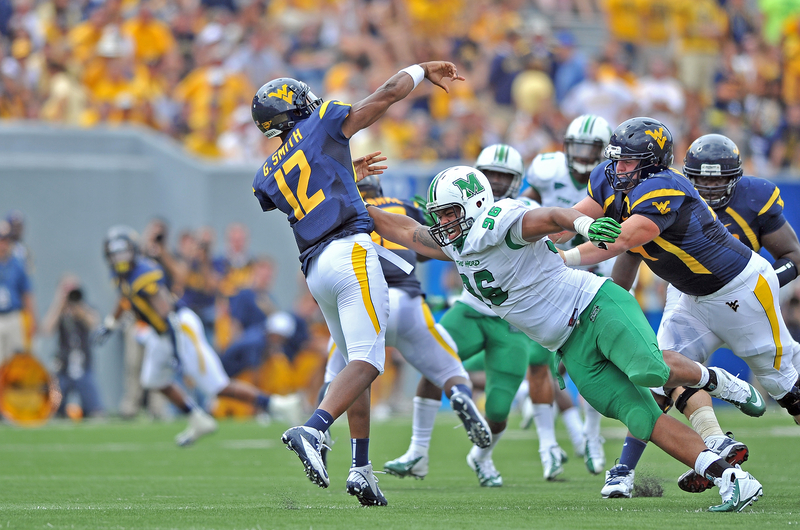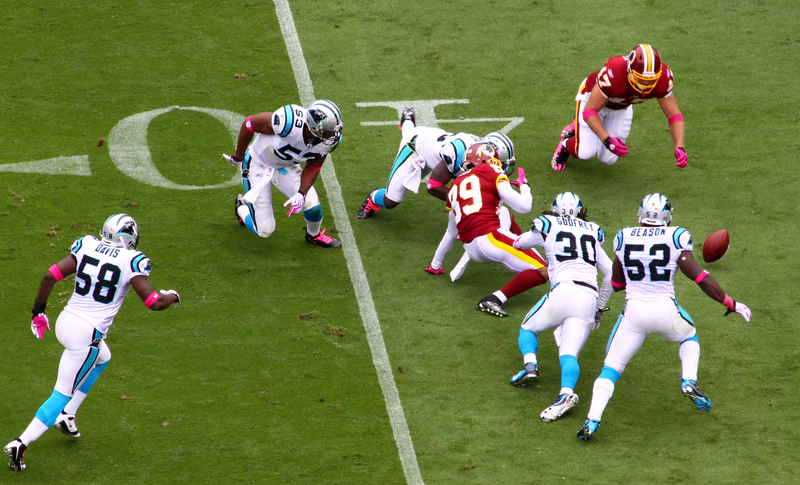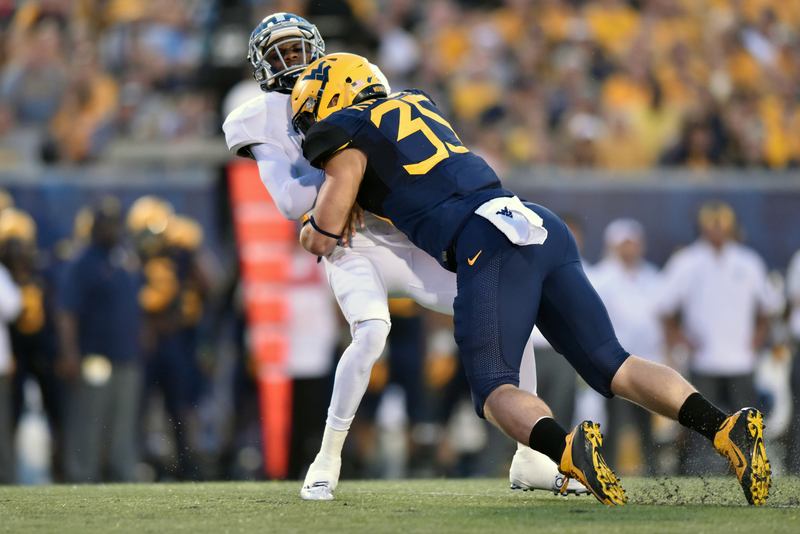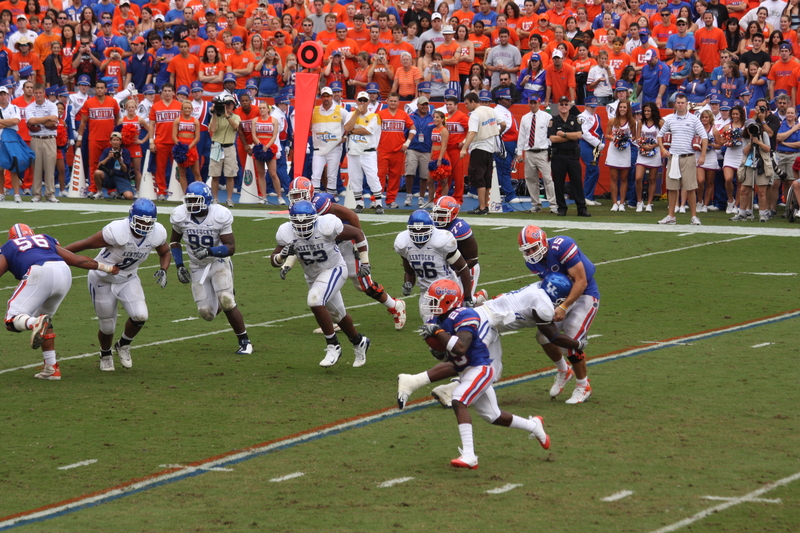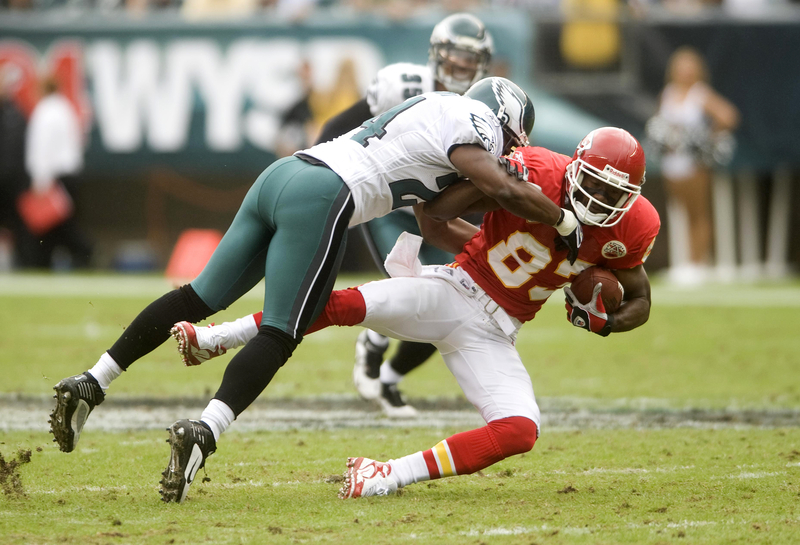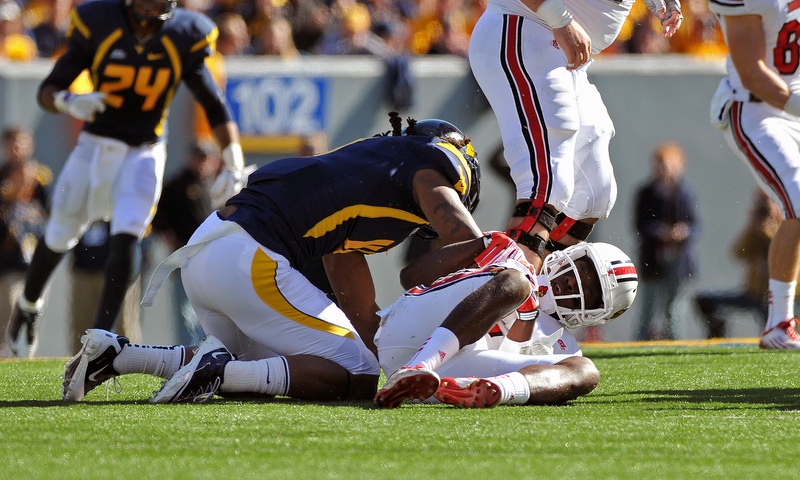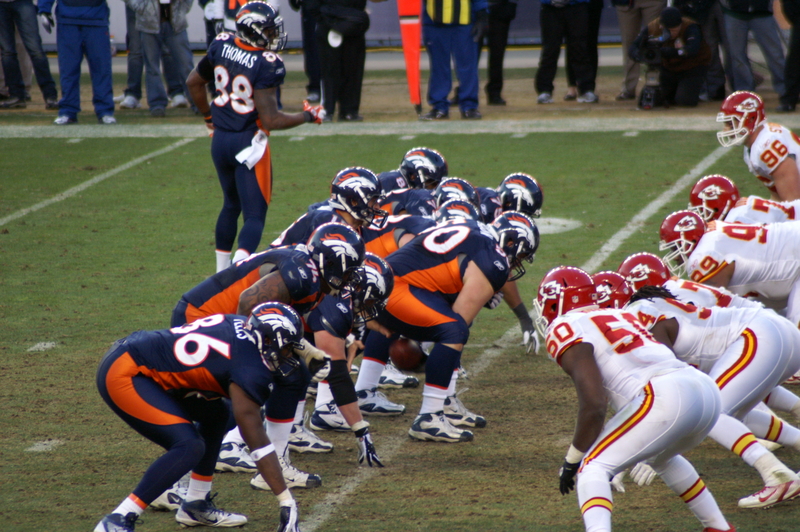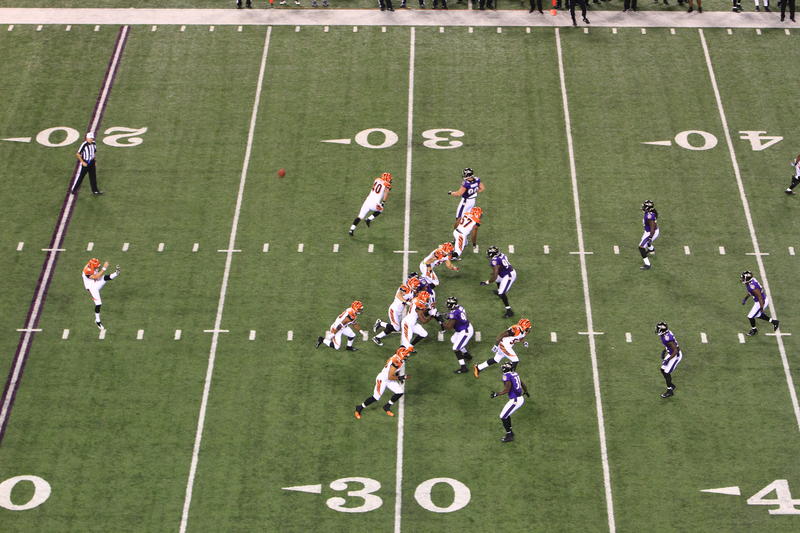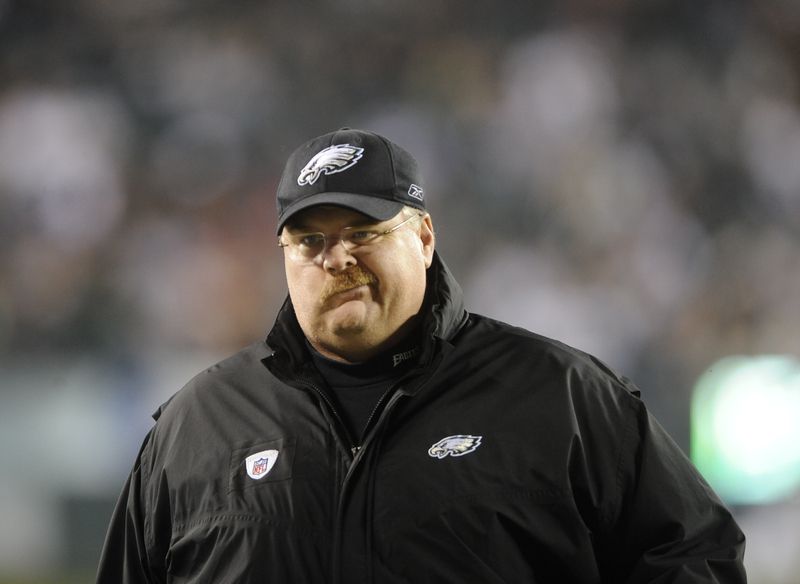Last updated on October 28th, 2023 at 09:07 am
Unnecessary roughness during a football game is typically a dirty, forceful, or late hit on an opposing player who is defenseless during or after a play. The call can sometimes be left to interpretation by the referees, but the aim of calling this rule is to protect players on the field from blindside or other dangerous hits. When this foul occurs during or after a play, the offending player loses 15 yards for their team. If the foul is on the defense, the offensive team moves up 15 yards with an automatic first down, and if it is against the offense, the offense moves back 15 yards on their next play.
So what counts as unnecessary roughness during a high school, college, or NFL game? What is the penalty for this type of hit? Why is this call such a momentum shifter, and can coaches appeal the call on the field? Are there instances where a player will receive a fine, ejection, or suspension for this type of hit during a game?
Here is the complete breakdown of what an unnecessary roughness call is in football.
What Counts as Unnecessary Roughness Against the Defense in Football?
An example of this call can occur during a play if a defensive player leads with their helmet on a tackle or creates a blindside hit on a play where they might not even have the ball. Typically, you will see a defensive player get this penalty via a violent hit to the neck area of a wide receiver or running back, but even throwing down a player can result in this call.
When it comes to after a play, you tend to see a defensive player making a late hit on a player who is already out of bounds. For example, the opposing team’s quarterback might run out of bounds after getting a few yards on the run. As they make their way out of bounds to escape a tackle, a defensive player might violently shove or tackle them.
Finally, it comes down to what the referee sees in a play on all types of illegal contact like this. Sometimes, the referees either don’t call a hit because they did not see it or call a penalty even if there wasn’t that illegal contact.
What Counts as Unnecessary Roughness Against an Offensive Player in Football?
An offensive player can receive an unnecessary roughness call during or after a play. For example, an offensive player might make a blindside hit on a defensive player in the end zone or backfield of a play. They might also perform a late push or hit on a defensive player running towards the sideline during or after a play. When an offensive player creates this penalty, their team moves back 15 yards from their line of scrimmage on their next play.
When is a Player Defenseless?
A defenseless player, at times, can be left to interpretation by the referee. However, here are some examples to be aware of when you see this call to determine if this call was accurate or not.
- A receiver waiting to catch a ball on a kickoff or a punt
- A wide receiver, tight end, or running back attempting to make a catch on a pass
- The quarterback passing the ball and or just releasing the pass during a play as they get hit
- At the end of a play, when the referee whistles, the play is over, and a player makes an unnecessary hit or pushes into someone else.
- When a player is out of bounds / entering out of bounds with their momentum
What is the Penalty?
The penalty for unnecessary roughness by the defensive team results in the offense moving up 15 yards from their line of scrimmage and getting an automatic first down. If the offense is 15 yards or less to the end zone, it results in half the yards to the goal line and an automatic first down.
If this penalty occurs by the offense, they move back 15 yards from the line of scrimmage on their next play.
What is the Difference Between Targeting and Unnecessary Roughness in American Football?
Targeting in football occurs when a player makes a helmet-to-helmet hit on another player, usually with a purpose. In college football, a targeting call can result in a player receiving an ejection from the game.
Meanwhile, unnecessary roughness can be any hit, but it doesn’t need to be helmet to helmet. Sometimes, a player might get hit in the neck area on a play, but it doesn’t come from a player purposely lowering their helmet into another player. It comes down to interpreting what the referee sees during a play.
What is the Difference Between Unnecessary Roughness and Unsportsmanlike Conduct?
Unnecessary roughness is a physical type of penalty, while unsportsmanlike conduct doesn’t need to be physical. For example, a player taunting another player after a clean hit can receive an unsportsmanlike penalty. Both result in a 15-yard penalty, but one is a physical penalty, while the other doesn’t have to be.
Is Unnecessary Roughness a Spot Foul During an American Football Game?
An unnecessary roughness call is not a spot foul. A spot foul is like pass interference, which results in the ball spot occurring where the infraction occurred. Instead, this penalty results in 15 yards moving up or back from the end zone from the line of scrimmage. The movement depends on if the penalty is against the defense or offense.
If the penalty occurs by the defense and the offense is 15 yards or less from the endzone, then the play results in half the yards to the goal line and an automatic first down. Since the offense is less than 15 yards to the end zone, the play becomes half the distance for the offense to attempt a touchdown.
Why is this Call so Critical During a College Football / NFL Game?
Momentum is a critical part of any football game, so getting this penalty can shift the momentum during a match. For example, if the defensive team stops the offense on third down but gets called for this penalty, the offense moves up 15 yards and starts fresh with a new set of downs. Getting this call on defense can demoralize the squad because what could have been a big stop on defense is now an error on them.
For the offense, getting this call against them is also a momentum shifter. An offensive player who pushes hard against a defensive player’s face mask can result in this 15-yard penalty against them. Having your offense move back 15 yards for the next play can change the entire strategy for the offense, which could result in them being unable to get a field goal or touchdown on their drive.
Can a Coach Challenge an Unnecessary Roughness Call?
A coach can’t challenge an unnecessary roughness call on the field. For example, a slight hit to the passer on the play might result in this call, which can result in 15 yards for the offense. A coach can’t challenge the call on the field with the refs even if replays show that the hit was minor.
Conclusion: What is Unnecessary Roughness in Football?
In summary, unnecessary roughness is a penalty against a football player against a defenseless player on a play. The play can occur either during a play or after a play. The penalty for causing this either gives the offense 15 yards closer to the endzone and an automatic first down, or it moves the offense back 15 yards if the penalty was against them. They move half the distance to the goal line when the offense is 15 yards or less to the end zone.
Similar Posts:
How Does Overtime Work in College Football?
Defensive Coordinator Football
What is a Coin Toss in Football?
2 Point Conversion in Football
What Does NIL Mean in College Football?
How Long and Wide is a Football Field?
How Much Do College Football Coaches Make?
Unsportsmanlike Conduct Football
What is the Heisman Trophy in College Football?
What Does the SEC Mean in College Football?
Offensive Coordinator Football
What is a Wide Receiver in Football?
How Many Players are on a Football Team?
What is a Pick Six in Football?
Greg Kristan, owner of The Stadium Reviews, LLC and TM Blast, LLC, brings his extensive experience visiting over half of the MLB ballparks, along with numerous MLS, NHL, NBA, and NFL venues, to provide in-depth coverage on the bag policy, food options, and parking. He has also been interviewed about his experiences on several sports podcasts.


